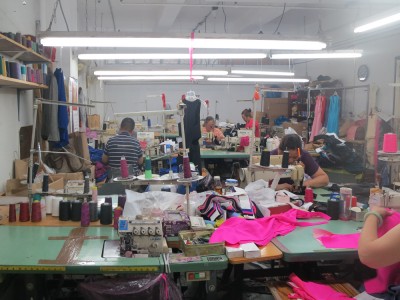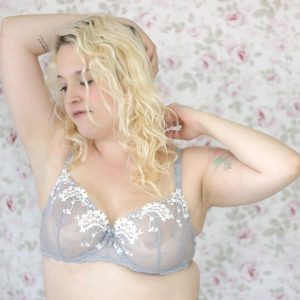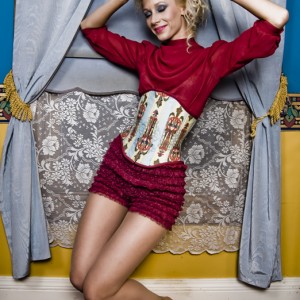Inside a New York City Loungewear Factory
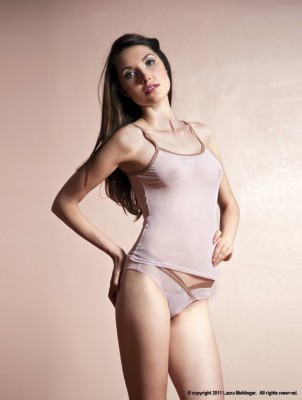
I've written previously about the human aspect of lingerie manufacturing, and shared my passion for supporting independent lingerie labels. This month, I wanted to visit a factory in NYC’s garment district to show you exactly where and how indie label lingerie is made. Laura from Lola Haze and her contractors were kind enough to let me into their factory and take a few photos while Laura took inventory of a recent production run of their Signature Cross Hipster.
Lola Haze is manufactured by a contracted factory in New York City’s garment district, which is right in the middle of Manhattan. This type of factory is the one most commonly used by independent labels, and even mass-market brands that don’t operate their own factories. As Lola Haze makes lingerie and loungewear that is unstructured, their garments can be sewn by factories that typically produce women’s apparel.
Structured lingerie like contour bras and shaping garments are sewn on different machines by workers with different skills, meaning they often require their own specialized factories. Lingerie-specific factories are difficult to find in New York City, and charge a lot of money for their expertise. That means lingerie designers who manufacture exclusively in NYC are limited as to what styles they can design, and for many labels, it just makes more sense to manufacture overseas.
These photos aren't the most aesthetically-pleasing ones — but lingerie production isn't exactly glamorous! It doesn't help that production season falls during the worst times in NYC: the hottest months of the summer, and the coldest months of the winter. Nothing like coming home from a day at the factory covered in sweat and silk lint, or trying to hail a cab in piles of dirty snow on 7th Avenue while carrying boxes of slips and panties. This experience is very different from lingerie brands who manufacture offshore and communicate with their factories via emailed photos, detailed measurements, and semi-annual visits. Either way, creating beautiful lingerie can be exhausting, unglamorous work.
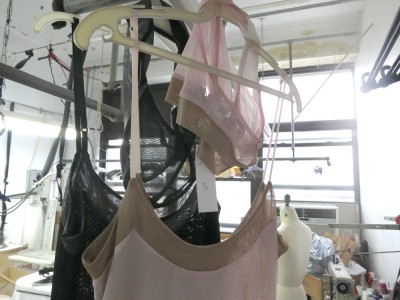
Lola Haze samples hanging in the factory
Laura makes her own patterns and sews all her own samples. Samples are the prototypes that are worn on the runway, and are shown to store buyers during market week. They are also given to the factory as “sew-by” samples, so the contractors know what the finished garments are supposed to look like, from seam finishes to label placement.
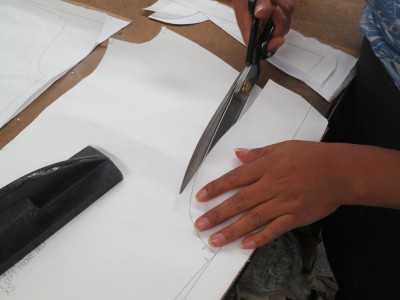
Cutting a sample garment
Cutting the garment pieces is sometimes done in the factory, and sometimes done by a cutting room, whose entire business is cutting fabrics for garments. The cutter here is using shears to cut a sample garment, but for production runs, the fabric is folded many times underneath the pattern, so a hand-operated mechanical cutting tool is used to cut precisely through many layers of fabric.
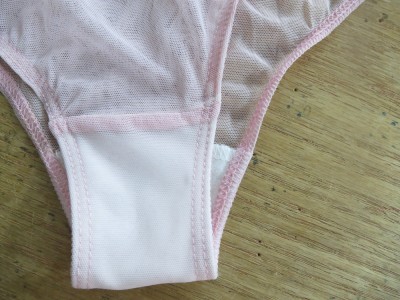
Lingerie is very labor-intensive, as it's often made from tiny pieces of many different materials. The cutter had to cut three different fabrics separately for this particular style because of the contrast waistband and breathable cotton lining.
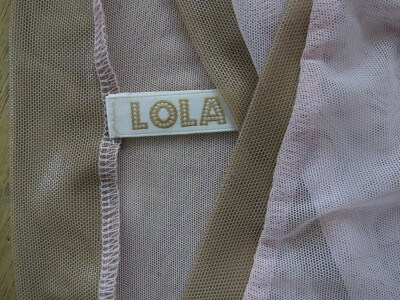
Depending on the size of the factory and amount of garments being made, sewing could be done entirely by one person using various machines, or multiple sewers could be working in assembly line fashion to complete the garments. Finishing details like shoulder strap sliders, snaps, and labels are put on individually, sometimes using a needle and thread.
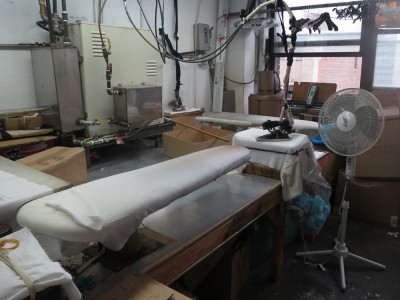
Pressing station at the Lola Haze factory
Here, you can see where finished garments are pressed individually by hand, then tagged, folded or hung, and bagged to be shipped to boutiques and retailers.
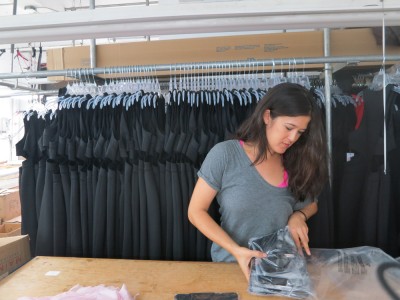
Laura from Lola Haze taking inventory of her new production run
Laura often works with interns, but likes to quality check and inventory the units herself. This is a huge perk of manufacturing close to home; designers don’t have to fly across the world to visit their factories.
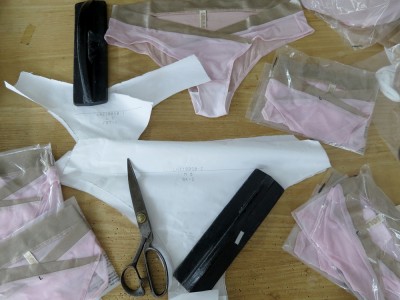
Whether you’re an independent designer or an international lingerie brand, it can be hard to find the right manufacturer, which can lead to frustration and missed deadlines. Indie designers often have to fit in a factory's schedule between larger brands' production runs, so it's not uncommon for designers to work with a few different contractors before finding one they can rely on. Thankfully, Laura has a great relationship with the owners of the factory she uses; she can trust that they'll deliver on time and that the quality will be beautiful.
How do these photos compare to what you thought a lingerie factory looks like? Does anything surprise you? Do you have any questions about lingerie manufacturing?





